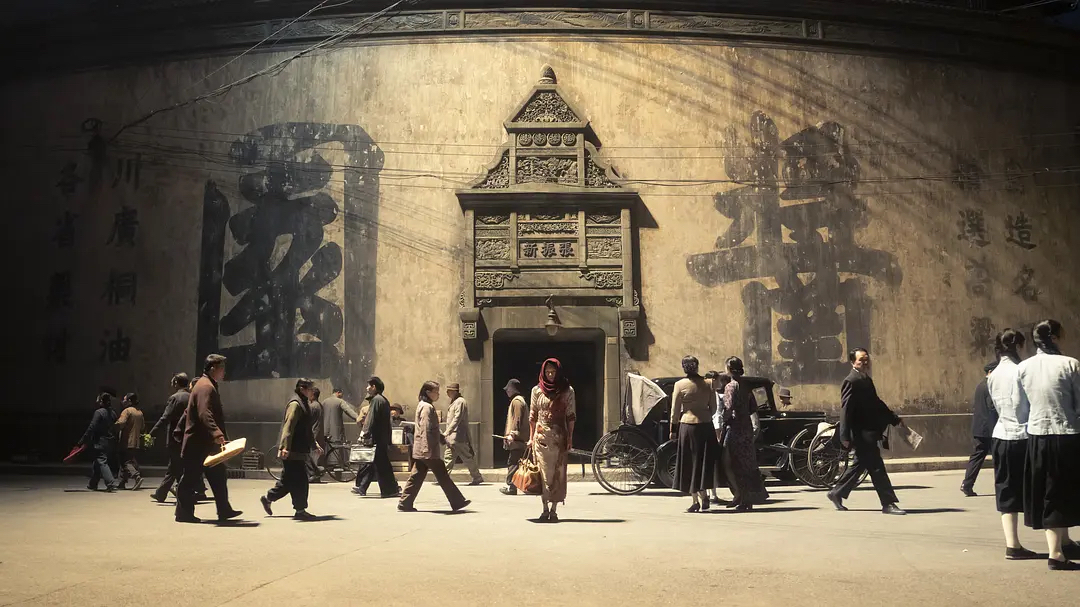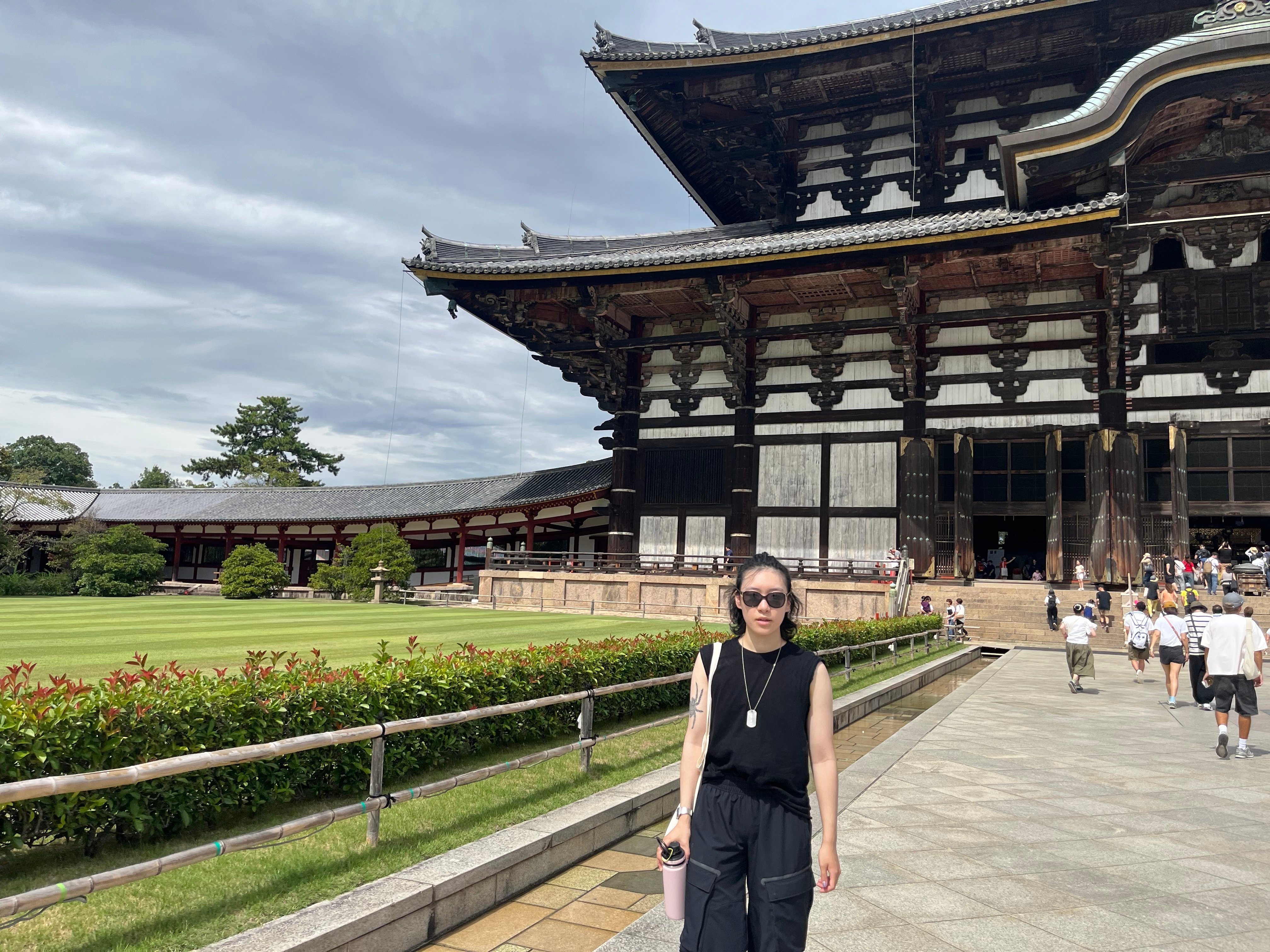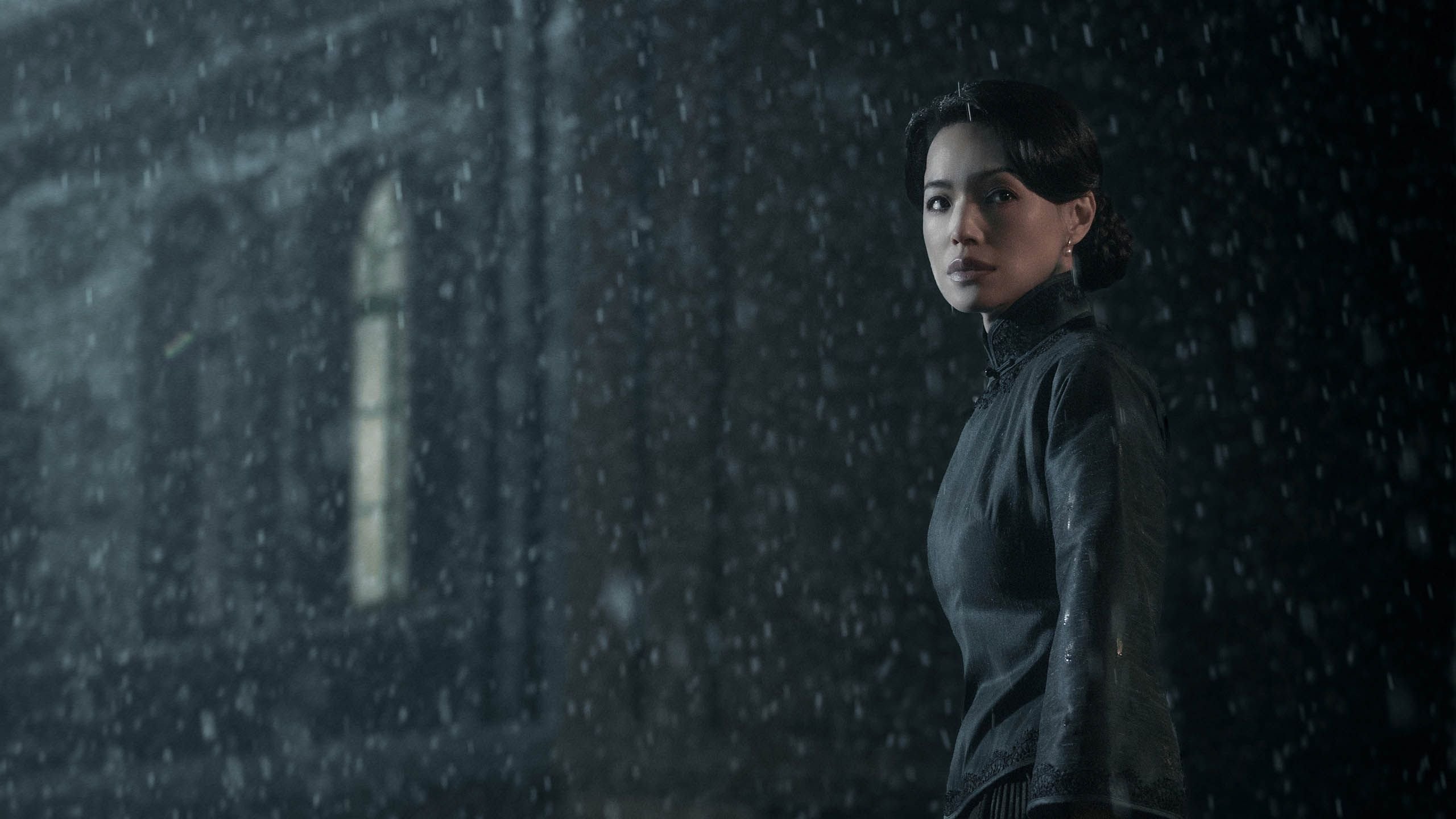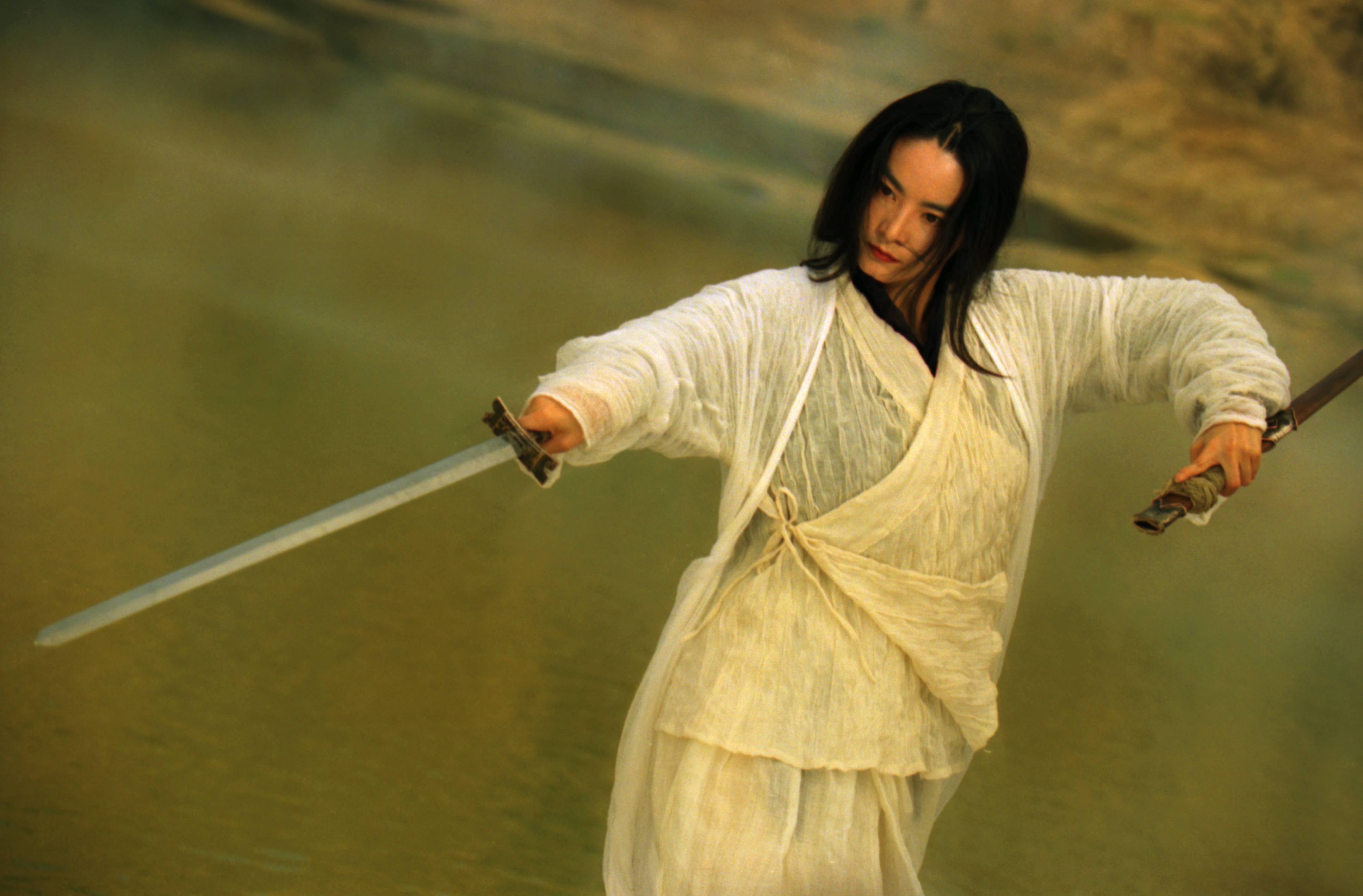She’s Got No Name (将原弄) has become one of the most highly anticipated films in Chinese cinema in recent years. After seven years of preparation, the movie finally made its theater debut last month. It boasts a star-studded cast, with even minor roles played by popular names in the Chinese film industry, including Zhang Ziyi, Zhao Liying, and Jackson Yee.
Adapted from a sensational real-life murder case in 1945 Shanghai, the film tells the story of Zhan Zhoushi, who murdered and dismembered her husband after suffering years of domestic abuse. The case sparked a polarized public reaction: some sympathized with Zhan’s suffering, while others condemned her in a gender-driven backlash. The film is a thriller that highlights an unexpected fight for women’s rights during a tumultuous period in China’s history.
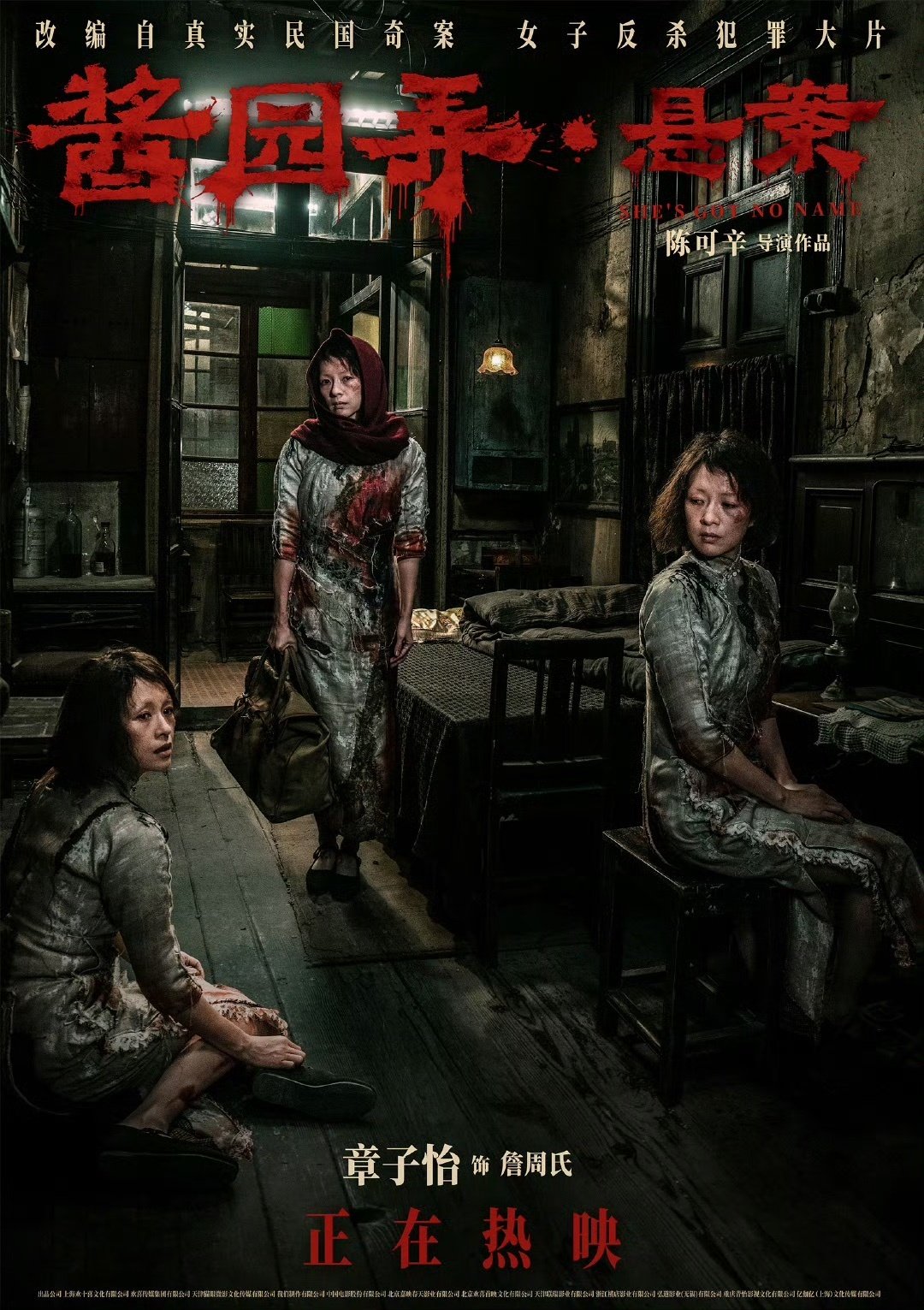
The film is directed by Hong Kong filmmaker Peter Chan, known for classics like He’s a Woman, She’s a Man (1994), starring Leslie Cheung and Anita Yuen, and American Dreams in China (2013), which won him the Golden Rooster Award (the Chinese equivalent of the Oscars). But his latest film appears to have fallen short of audience expectations, earning only a 5.7/10 rating on Douban from over 100,000 users. It now stands as Chan’s most controversial and lowest-rated work to date.
The movie is split into two parts, with the first ending on a cliffhanger—a decision that drew criticism and speculation that the format was financially motivated. When asked about part two’s release, Chan commented, “The better the first movie grosses, the sooner the second one will premiere,” which inspired another wave of ridicule online. According to Maoyan Entertainment, China’s largest online movie ticketing platform, the film’s box office is projected to be less than 400 million RMB (around 55.7 million USD)—not an ideal figure compared to the film’s 600 million RMB (around 83.6 million USD) investment.
The majority of the film’s criticism, however, centers on its flat plotline and problematic cinematography. Though it presents itself as a “women’s story” (女性题材)—a genre in Chinese cinema popular for highlighting women’s strength and hardship—it left many viewers disappointed. Zhan’s supposed resilience is conveyed through relentless scenes of violence and humiliation; she is abused by her husband, tortured by a detective, and even assaulted by a wild boar.
Some voices point out that the real 1940s were far more brutal than what the film depicts. Still, the camera lingers too long—too voyeuristically—on the violence. A review on RedNote put it starkly: “The abusive husband, the indifferent neighbor, the corrupt detective—these male characters are given vivid personalities and clear motivations. But Zhan remains one-dimensional, labeled only as the victim.”
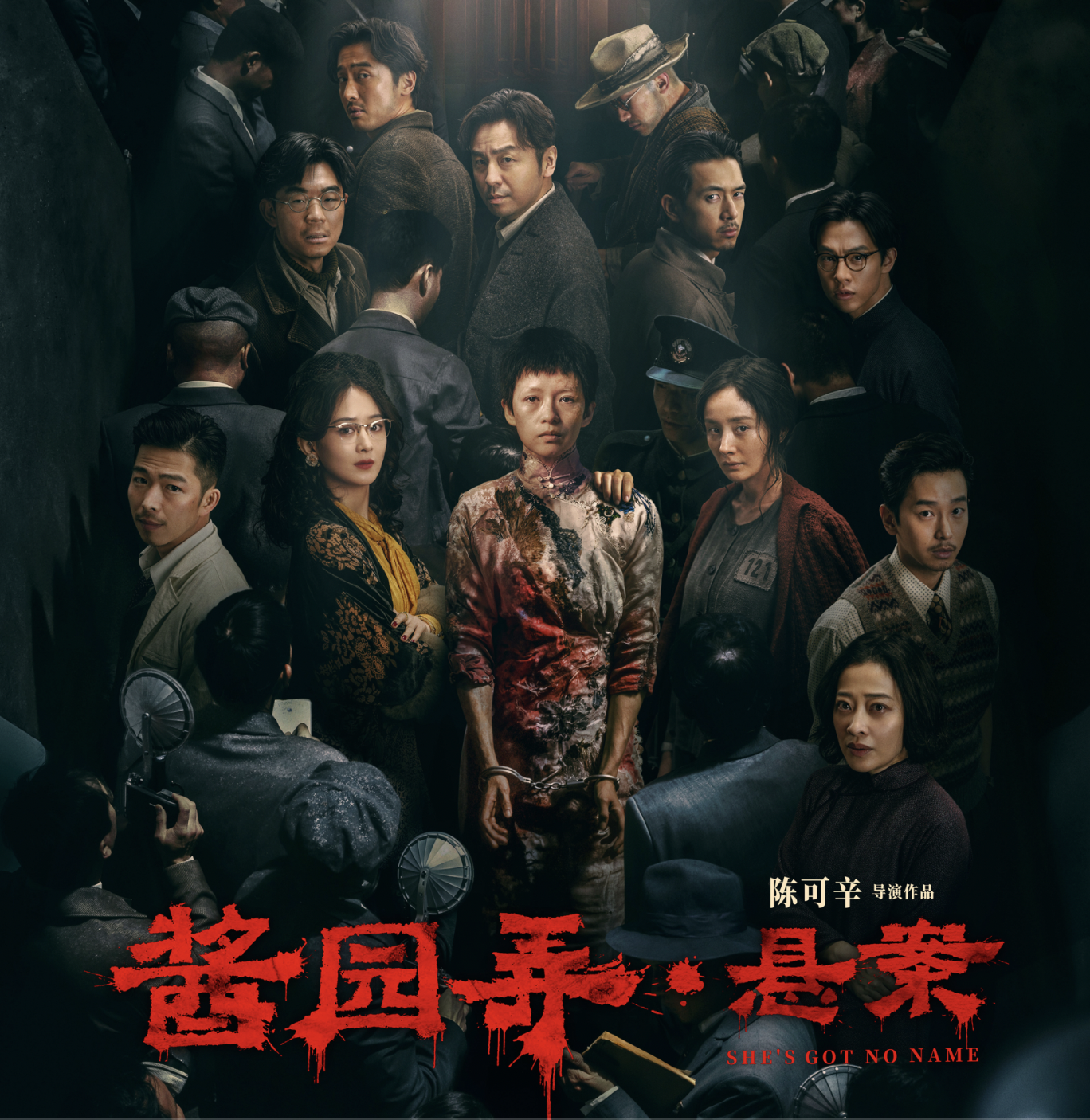
While online debate continues over the film’s treatment of women, audiences have been almost unanimous in praising the cast’s performances. Even Yang Mi, whose recent projects haven’t fared well, was applauded for her standout acting. As for how the story concludes—whether it brings unexpected twists or changes in public opinion—remains to be seen.
Cover image via Douban.

